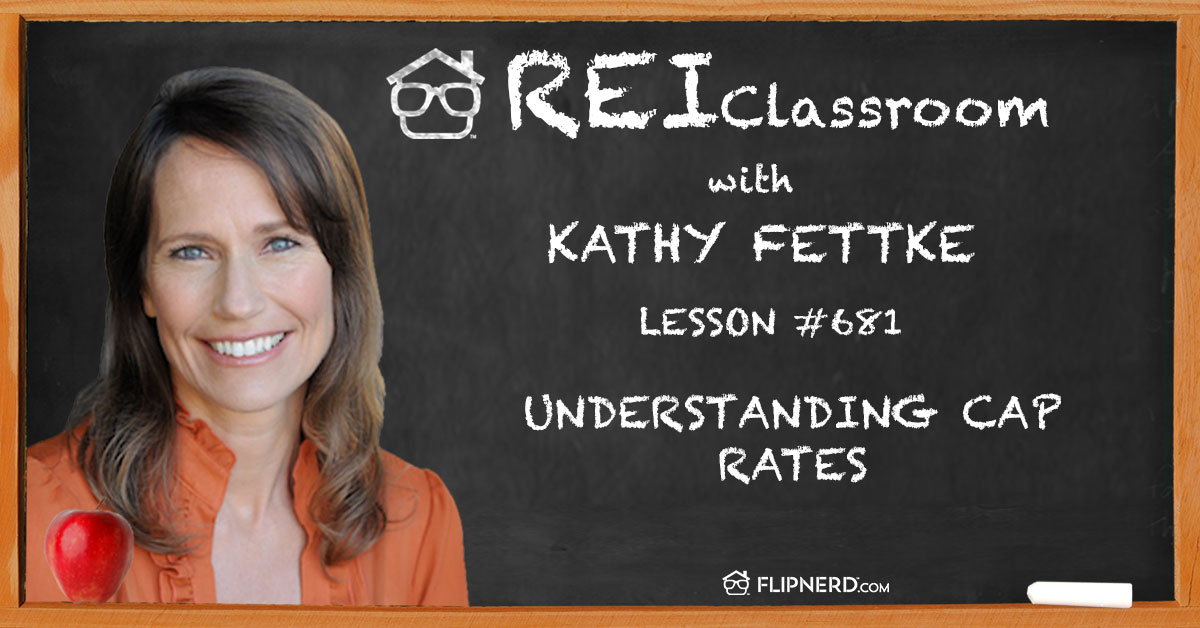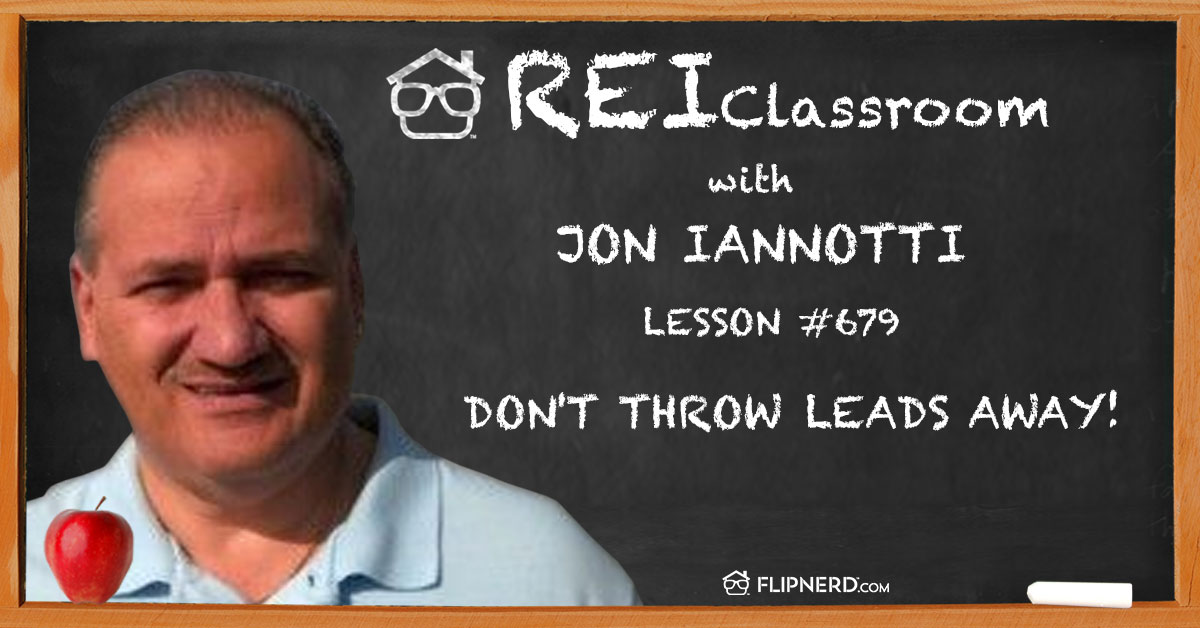Today’s REI Classroom Lesson
Today, Clay Malcolm elaborates on how you can deploy the money in your self-directed IRA without penalties.
REI Classroom Summary
In the classroom today, find out how to utilize Traditional, Roth, and self-directed IRAs and when you can and should begin taking disbursements.
Listen to this REI Classroom Lesson
Real Estate Investing Classroom Show Transcripts:
Mike: Welcome back to the FlipNerd.com REI Classroom, where experts from across the real estate investing industry teach you quick lessons to take your business to the next level. And now, let’s meet today’s expert host.
Clay: Hi everybody and welcome to the REI Classroom, I’m Clay Malcolm at New Direction IRA. Today we’re going to be talking about self directed IRA distribution strategy.
Mike: This REI Classroom Real Estate lesson is sponsored by AceBusinessFunding.com.
Clay: Distributions of course, are when you actually take the money out of your IRA for your own benefit. So it’s really an important part of the equation and I always encourage people to think about that distribution strategy as much as they need to at the beginning, so when they’re choosing an investment, how their choosing to deploy that money, because it can really make a difference in terms of the assets that you buy or your management attempt.
So think about what you feel like is going to happen when you’re going to start taking distributions. Now you might not always be right of course, life intervenes. But it is a good idea to give it some thought as you’re investing and figuring out what you’re doing.
I’m going to give you some rules that will hopefully help you to decide how you’re going to navigate that particular process. Remember that for a traditional IRA there are two tax strategies that are typically at play, either a traditional IRA tax strategy or a Roth. So we are going to start with a traditional, remember that that is pre-tax money in, so you’ve either taken a deduction on your taxes or you’ve had it subtracted from your pay.
So it’s pre-tax money and a dollar’s contribution, has got a dollar’s worth of buying power and it’s going to be tax deferred all the time that it is in that account. And it is going to buy and sell assets if you choose or it can just buy and hold, or however you want to strategize that. And then at 59 and a half, well I’ll go back a little bit.
So you can take a distribution from that account at any time. Before 59 and a half, in a traditional IRA, you would not only pay tax on the amount, the gross amount that you take out, but you would also have a 10% penalty on that amount. At 59 and a half , the early withdrawal penalty, that 10%, that goes away.
Between the ages of 59 and a half and 70 and a half in a traditional IRA, you have complete control over how much money you take distribution of or asset, and I’ll explain that in a second too. But, 59 and a half to 70 and a half you’re in total control, you can distribute all of that money, you can distribute none of it, or you can distribute some of it on any schedule you want.
At 70 and a half, the IRS is getting a little edgy because they’ve let you have this money tax deferred for several years, and they’re the IRS so they want that money, and so at 70 and a half they take the total value and they take a small percentage of it and so you have to take a distribution, each year starting at 70 and a half and each year thereafter. And again, it’s just a percentage of what’s left in the IRA.
And, as I was mentioning just a minute before, when you take a distribution from your IRA, it can either be in cash or in-kind. So if you have hard assets like real estate or even things like a note that your IRA made a loan to somebody or private equity, you can always distribute. You can either have your IRA liquidate those assets, in other words sell it to a non-disqualified person and have the cash proceeds be in the IRA so that you can take distributions in cash.
But you can also distribute the actual hard asset, meaning if your IRA owns a beach property and it’s been a rental for all these years and you want to live in it, because of the prohibitions of IRAs you haven’t been able to live in it, it has to be an investment, but you might distribute it to yourself. You pay the tax on the value of the property, so that then becomes your distribution. But it’s really just titled from your IRA to you personally and you never lose control of it.
So keep in mind, and you can also do that in increments, so if you can’t take the tax hit for the total value, you can distribute percentages of ownership over a number of years. So you have a lot of flexibility and a lot more than a lot of people think when you’re talking about distributing those hard assets. So it’s definitely something to look into the rules because it can really make a difference.
Now, the thing that I’ll mention about Roths, that’s a different tax strategy , so it’s post-tax money in. So if you’re at a, if you earned a dollar, you’re probably getting 70, 70-75 cents, 80 cents of buying power. But you still get the tax deferral over time, which as almost all financial professionals will tell you, it can be incredibly powerful because its not, the proceeds of what your investments are aren’t being chipped away at. You get to keep reinvesting that money without having it be lessened. So Roth contributions are post-tax money in, tax-deferred while they’re in the account.
But if their qualified distributions and the accounts been open for at least five years or the five year rule has been satisfied, from a conversion, then its tax free on the way out. So that same rental house that you’re distributing to yourself might not have any taxes to it at all. You would just simply re-title it and then you would be able to use it in whatever way you wanted to, keep it as a rental or go use it yourself.
The other thing that people note about the Roth strategy is of course, the IRS typically has the taxes that they’re going to get from that money and so they’re not really as itchy about it and so they don’t have the requirement of distributions. And so at 70 and a half you don’t have to start taking distributions, you’re still in control of that completely. So the 59 and a half threshold still exists for Roth but the 70 and a half requirement of distributions doesn’t.
And, the last thing I’ll just note about that of course, is if you are starting to use your IRA as a generational wealth tool and you want to have the most assets and cash in there when it goes to your beneficiaries, sometimes people will actually convert their traditional to their Roth so that they don’t have to take the requirement of distributions so that the maximum amount could be in there.
All of these rules can be part of your strategy and if you have any questions, we’re happy to answer them. REI Classroom will have several other classes about self directed IRAs that I’ll hopefully be joining you on and we’ll move on from there. But thinking about how you’re going to take that money out at the end of the game, as you’re investing can be a real advantage to you. We’ll see you next time.
Mike: AceBusinessFunding.com can help you get access to up to $150,000 in revolving credit lines to fund your business with rates as low as 0% for the first 12 to 18 months. Use the funds for start-up costs, marketing, inventory, heck you can even use it to buy houses and pay for rehabs, or almost anything else that your business needs. If they can’t get you funding, you don’t pay a dime. Get funds for your business today at AceBusinessFunding.com.
Please note, the views and opinions expressed by the individuals in this program do not necessarily reflect those of FlipNerd.com or any of its partners, advertisers or affiliates. Please consult professionals before making any investment or tax decisions, as real estate investing can be risky.
Are you a member yet of FlipNerd.com, the hottest real estate investing social community online? If not, you can join for free in less than 30 seconds and get access to hundreds of off-market deals, vendors in your market to help you and your business. And you can start networking with thousands of other investors, just like you. Get your free account now at FlipNerd.com.
Please check out the FlipNerd family of real estate investing shows, where we host four great ongoing shows at FlipNerd.com/shows or simply search for FlipNerd in the iTunes store.










